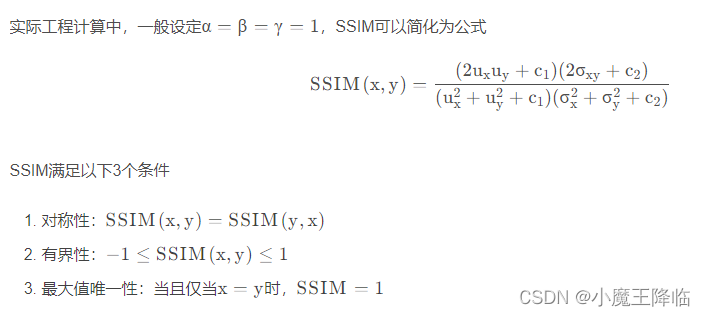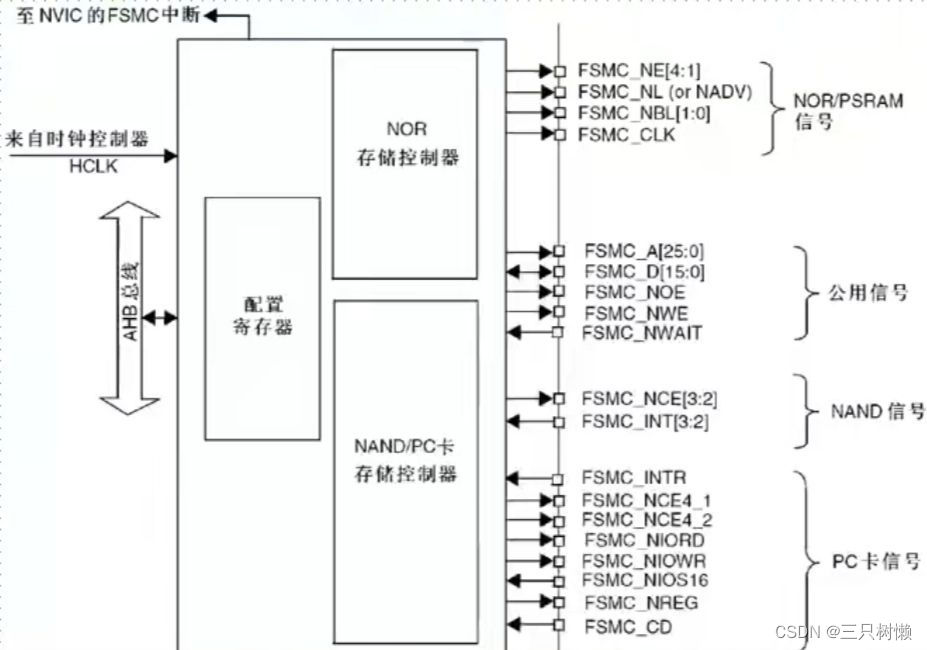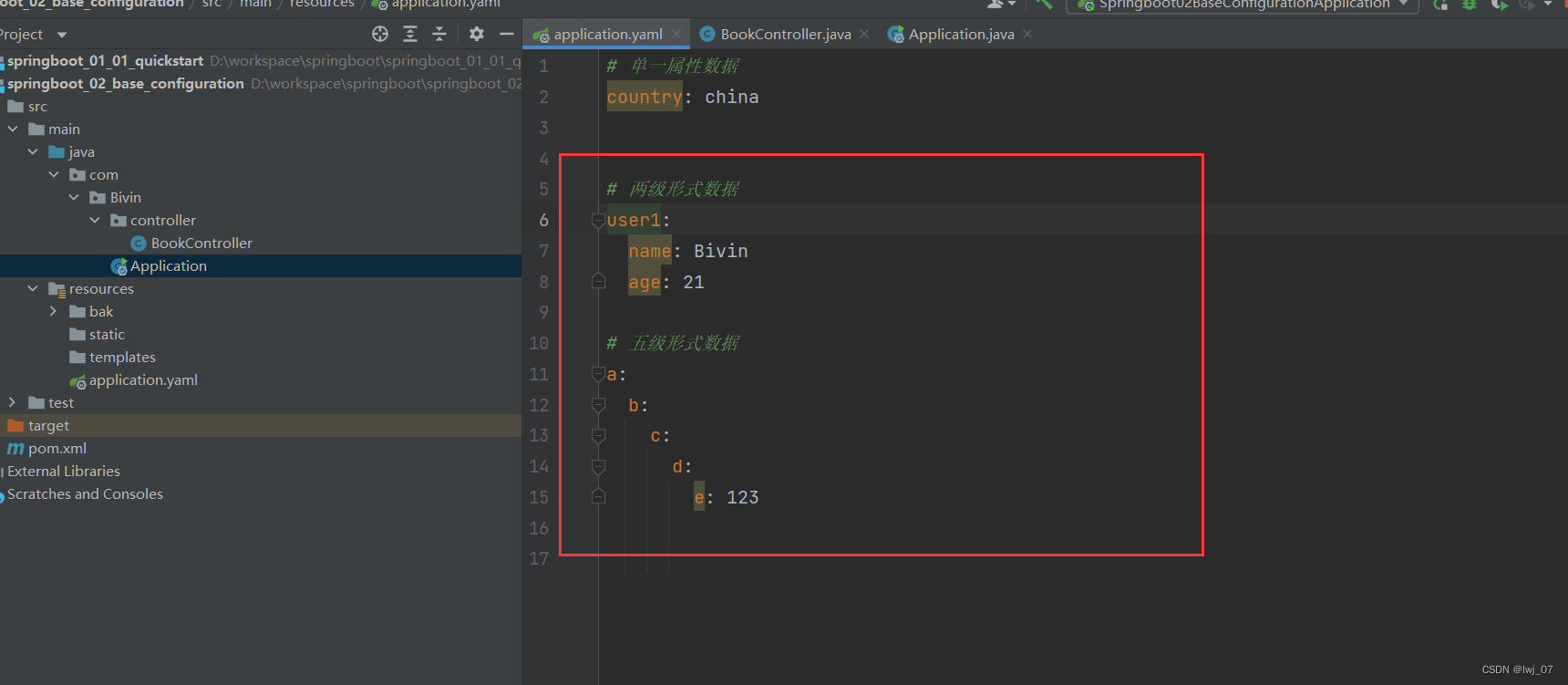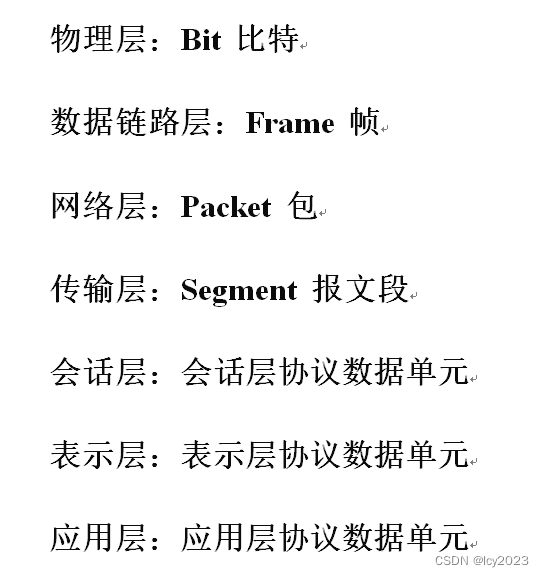当前位置:网站首页>借助kubekey极速安装Kubernetes
借助kubekey极速安装Kubernetes
2022-08-03 18:02:00 【麦晓宇】
硬件要求
- 官方建议
- all-in-one(基于Linux系统,部署Kubernetes集群以及KubeSphere平台)
- 最小化:2C4G
- 开启全部组件:8C16G
- 基于Kubernetes集群
- 最小化1C2G(kubernetes集群,master节点是需要2C2G的配置要求,node节点是可以1C2G的)
- all-in-one(基于Linux系统,部署Kubernetes集群以及KubeSphere平台)
插件性能需求
https://kubesphere.io/zh/docs/pluggable-components/overview/
尽管可以使用kuberadm来安装kubernetes,但是仍旧需要kubeadm init和kubeadm join等操作;作为开发人员,多数时候,我们并不想将时间浪费在繁琐的安装操作上,可以借助于kubesphere提供的安装工具KubeKey来迅速搭建kubernetes集群。
- 注意:实际上为了开发和学习的便利、可以直接移步到minikube上。没有必要向下看了;
下面将要安装的是单机版 kubernetes v1.21.5,适合开发工作
基本操作
#修改主机名
[[email protected] ~]# hostnamectl set-hostname master
#配置主机间的免密
[[email protected] ~]# ssh-keygen
[[email protected] ~]# ssh-copy-id 192.168.72.78
[[email protected] ~]# ssh-copy-id 192.168.72.79
[[email protected] ~]# systemctl disable firewalld
[[email protected] ~]# systemctl stop firewalld
[[email protected] ~]# sudo setenforce 0
setenforce: SELinux is disabled
[[email protected] ~]# sudo sed -i 's/^SELINUX=enforcing$/SELINUX=permissive/' /etc/selinux/config
[[email protected] ~]# getenforce
Disabled
[[email protected] ~]# swapoff -a
[[email protected] ~]#
[[email protected] ~]# yum -y install chrony
[[email protected] ~]# #修改时间同步服务器
[[email protected] ~]# sed -i.bak '3,6d' /etc/chrony.conf && sed -i '3cserver ntp1.aliyun.com iburst' /etc/chrony.conf
[[email protected] ~]# systemctl start chronyd && systemctl enable chronyd
[[email protected] ~]# #查看同步结果
[[email protected] ~]# chronyc sources
[[email protected] ~]# cat <<EOF | sudo tee /etc/modules-load.d/k8s.conf
> br_netfilter
> EOF
[[email protected] ~]#
[[email protected] ~]# cat <<EOF | sudo tee /etc/sysctl.d/k8s.conf
> net.bridge.bridge-nf-call-ip6tables = 1
> net.bridge.bridge-nf-call-iptables = 1
> EOF
[[email protected] ~]# sudo sysctl --system
[[email protected] ~]# yum -y install socat
[[email protected] ~]# yum -y install conntrack
[[email protected] ~]# yum -y install ebtables
[[email protected] ~]# yum -y install ipset
[[email protected] ~]# yum remove docker*
[[email protected] ~]# yum install -y yum-utils
[[email protected] ~]# #配置docker的yum地址
[[email protected] ~]# wget -O /etc/yum.repos.d/docker-ce.repo http://mirrors.aliyun.com/docker-ce/linux/centos/docker-ce.repo
[[email protected] ~]#
[[email protected] ~]# #安装指定版本
[[email protected] ~]# yum install -y docker-ce-20.10.12 docker-ce-cli-20.10.12 containerd.io-1.4.12
[[email protected] ~]# #启动&开机启动docker
[[email protected] ~]# systemctl enable docker --now
[[email protected] ~]#
[[email protected] ~]# # docker加速配置
[[email protected] ~]# sudo mkdir -p /etc/docker
[[email protected] ~]# sudo tee /etc/docker/daemon.json <<-'EOF'
> {
> "registry-mirrors": ["https://ke9h1pt4.mirror.aliyuncs.com"],
> "exec-opts": ["native.cgroupdriver=systemd"],
> "log-driver": "json-file",
> "log-opts": {
> "max-size": "100m"
> },
> "storage-driver": "overlay2"
> }
> EOF
[[email protected] ~]# sudo systemctl daemon-reload
[[email protected] ~]# sudo systemctl restart docker
[[email protected] ~]# cat <<EOF | sudo tee /etc/yum.repos.d/kubernetes.repo
> [kubernetes]
> name=Kubernetes
> baseurl=http://mirrors.aliyun.com/kubernetes/yum/repos/kubernetes-el7-x86_64
> enabled=1
> gpgcheck=0
> repo_gpgcheck=0
> gpgkey=http://mirrors.aliyun.com/kubernetes/yum/doc/yum-key.gpg
> http://mirrors.aliyun.com/kubernetes/yum/doc/rpm-package-key.gpg
> EOF
折叠
下载Kubekey
[[email protected] ~]# export KKZONE=cn
[[email protected] ~]# curl -sfL https://get-kk.kubesphere.io | VERSION=v1.2.1 sh -
[[email protected] ~]#
[[email protected] ~]# ls
[[email protected] ~]# ls -l
total 0
[[email protected] ~]# curl -sfL https://get-kk.kubesphere.io | VERSION=v1.2.1 sh -
安装kubernetes v1.21.5
[[email protected] ~]# chmod +x kk
[[email protected] ~]# ./kk create cluster --with-kubernetes v1.21.5
+--------+------+------+---------+----------+-------+-------+-----------+----------+------------+-------------+------------------+--------------+
| name | sudo | curl | openssl | ebtables | socat | ipset | conntrack | docker | nfs client | ceph client | glusterfs client | time |
+--------+------+------+---------+----------+-------+-------+-----------+----------+------------+-------------+------------------+--------------+
| master | y | y | y | y | y | y | y | 20.10.12 | | | | CST 13:26:10 |
+--------+------+------+---------+----------+-------+-------+-----------+----------+------------+-------------+------------------+--------------+
This is a simple check of your environment.
Before installation, you should ensure that your machines meet all requirements specified at
https://github.com/kubesphere/kubekey#requirements-and-recommendations
Continue this installation? [yes/no]: yes
INFO[13:26:15 CST] Downloading Installation Files
INFO[13:26:15 CST] Downloading kubeadm ...
INFO[13:26:57 CST] Downloading kubelet ...
INFO[13:28:49 CST] Downloading kubectl ...
INFO[13:29:31 CST] Downloading helm ...
INFO[13:30:13 CST] Downloading kubecni ...
INFO[13:30:50 CST] Downloading etcd ...
INFO[13:31:04 CST] Downloading docker ...
INFO[13:31:09 CST] Downloading crictl ...
INFO[13:31:28 CST] Configuring operating system ...
[master 10.0.4.9] MSG:
net.ipv4.ip_forward = 1
net.ipv4.conf.default.rp_filter = 1
net.ipv4.conf.default.accept_source_route = 0
kernel.core_uses_pid = 1
net.ipv4.tcp_syncookies = 1
kernel.msgmnb = 65536
kernel.msgmax = 65536
net.ipv4.conf.all.promote_secondaries = 1
net.ipv4.conf.default.promote_secondaries = 1
net.ipv6.neigh.default.gc_thresh3 = 4096
net.ipv4.neigh.default.gc_thresh3 = 4096
kernel.softlockup_panic = 1
net.ipv6.conf.all.disable_ipv6 = 0
net.ipv6.conf.default.disable_ipv6 = 0
net.ipv6.conf.lo.disable_ipv6 = 0
kernel.shmmax = 68719476736
kernel.printk = 5
kernel.sysrq = 1
kernel.numa_balancing = 0
net.bridge.bridge-nf-call-arptables = 1
net.bridge.bridge-nf-call-ip6tables = 1
net.bridge.bridge-nf-call-iptables = 1
net.ipv4.ip_local_reserved_ports = 30000-32767
vm.max_map_count = 262144
vm.swappiness = 1
fs.inotify.max_user_instances = 524288
INFO[13:31:30 CST] Get cluster status
INFO[13:31:30 CST] Installing Container Runtime ...
INFO[13:31:30 CST] Start to download images on all nodes
[master] Downloading image: registry.cn-beijing.aliyuncs.com/kubesphereio/pause:3.4.1
[master] Downloading image: registry.cn-beijing.aliyuncs.com/kubesphereio/kube-apiserver:v1.21.5
[master] Downloading image: registry.cn-beijing.aliyuncs.com/kubesphereio/kube-controller-manager:v1.21.5
[master] Downloading image: registry.cn-beijing.aliyuncs.com/kubesphereio/kube-scheduler:v1.21.5
[master] Downloading image: registry.cn-beijing.aliyuncs.com/kubesphereio/kube-proxy:v1.21.5
[master] Downloading image: registry.cn-beijing.aliyuncs.com/kubesphereio/coredns:1.8.0
[master] Downloading image: registry.cn-beijing.aliyuncs.com/kubesphereio/k8s-dns-node-cache:1.15.12
[master] Downloading image: registry.cn-beijing.aliyuncs.com/kubesphereio/kube-controllers:v3.20.0
[master] Downloading image: registry.cn-beijing.aliyuncs.com/kubesphereio/cni:v3.20.0
[master] Downloading image: registry.cn-beijing.aliyuncs.com/kubesphereio/node:v3.20.0
[master] Downloading image: registry.cn-beijing.aliyuncs.com/kubesphereio/pod2daemon-flexvol:v3.20.0
INFO[13:32:13 CST] Getting etcd status
[master 10.0.4.9] MSG:
Configuration file will be created
INFO[13:32:14 CST] Generating etcd certs
INFO[13:32:14 CST] Synchronizing etcd certs
INFO[13:32:14 CST] Creating etcd service
Push /root/kubekey/v1.21.5/amd64/etcd-v3.4.13-linux-amd64.tar.gz to 10.0.4.9:/tmp/kubekey/etcd-v3.4.13-linux-amd64.tar.gz Done
INFO[13:32:15 CST] Starting etcd cluster
INFO[13:32:15 CST] Refreshing etcd configuration
[master 10.0.4.9] MSG:
Created symlink /etc/systemd/system/multi-user.target.wants/etcd.service → /etc/systemd/system/etcd.service.
INFO[13:32:18 CST] Backup etcd data regularly
INFO[13:32:24 CST] Installing kube binaries
Push /root/kubekey/v1.21.5/amd64/kubeadm to 10.0.4.9:/tmp/kubekey/kubeadm Done
Push /root/kubekey/v1.21.5/amd64/kubelet to 10.0.4.9:/tmp/kubekey/kubelet Done
Push /root/kubekey/v1.21.5/amd64/kubectl to 10.0.4.9:/tmp/kubekey/kubectl Done
Push /root/kubekey/v1.21.5/amd64/helm to 10.0.4.9:/tmp/kubekey/helm Done
Push /root/kubekey/v1.21.5/amd64/cni-plugins-linux-amd64-v0.9.1.tgz to 10.0.4.9:/tmp/kubekey/cni-plugins-linux-amd64-v0.9.1.tgz Done
INFO[13:32:27 CST] Initializing kubernetes cluster
[master 10.0.4.9] MSG:
W0209 13:32:28.885629 19527 utils.go:69] The recommended value for "clusterDNS" in "KubeletConfiguration" is: [10.233.0.10]; the provided value is: [169.254.25.10]
[init] Using Kubernetes version: v1.21.5
[preflight] Running pre-flight checks
[WARNING FileExisting-tc]: tc not found in system path
[preflight] Pulling images required for setting up a Kubernetes cluster
[preflight] This might take a minute or two, depending on the speed of your internet connection
[preflight] You can also perform this action in beforehand using 'kubeadm config images pull'
[certs] Using certificateDir folder "/etc/kubernetes/pki"
[certs] Generating "ca" certificate and key
[certs] Generating "apiserver" certificate and key
[certs] apiserver serving cert is signed for DNS names [kubernetes kubernetes.default kubernetes.default.svc kubernetes.default.svc.cluster.local lb.kubesphere.local localhost master master.cluster.local] and IPs [10.233.0.1 10.0.4.9 127.0.0.1]
[certs] Generating "apiserver-kubelet-client" certificate and key
[certs] Generating "front-proxy-ca" certificate and key
[certs] Generating "front-proxy-client" certificate and key
[certs] External etcd mode: Skipping etcd/ca certificate authority generation
[certs] External etcd mode: Skipping etcd/server certificate generation
[certs] External etcd mode: Skipping etcd/peer certificate generation
[certs] External etcd mode: Skipping etcd/healthcheck-client certificate generation
[certs] External etcd mode: Skipping apiserver-etcd-client certificate generation
[certs] Generating "sa" key and public key
[kubeconfig] Using kubeconfig folder "/etc/kubernetes"
[kubeconfig] Writing "admin.conf" kubeconfig file
[kubeconfig] Writing "kubelet.conf" kubeconfig file
[kubeconfig] Writing "controller-manager.conf" kubeconfig file
[kubeconfig] Writing "scheduler.conf" kubeconfig file
[kubelet-start] Writing kubelet environment file with flags to file "/var/lib/kubelet/kubeadm-flags.env"
[kubelet-start] Writing kubelet configuration to file "/var/lib/kubelet/config.yaml"
[kubelet-start] Starting the kubelet
[control-plane] Using manifest folder "/etc/kubernetes/manifests"
[control-plane] Creating static Pod manifest for "kube-apiserver"
[control-plane] Creating static Pod manifest for "kube-controller-manager"
[control-plane] Creating static Pod manifest for "kube-scheduler"
[wait-control-plane] Waiting for the kubelet to boot up the control plane as static Pods from directory "/etc/kubernetes/manifests". This can take up to 4m0s
[apiclient] All control plane components are healthy after 14.501817 seconds
[upload-config] Storing the configuration used in ConfigMap "kubeadm-config" in the "kube-system" Namespace
[kubelet] Creating a ConfigMap "kubelet-config-1.21" in namespace kube-system with the configuration for the kubelets in the cluster
[upload-certs] Skipping phase. Please see --upload-certs
[mark-control-plane] Marking the node master as control-plane by adding the labels: [node-role.kubernetes.io/master(deprecated) node-role.kubernetes.io/control-plane node.kubernetes.io/exclude-from-external-load-balancers]
[mark-control-plane] Marking the node master as control-plane by adding the taints [node-role.kubernetes.io/master:NoSchedule]
[bootstrap-token] Using token: wborow.hx6d7x0dib4zafi7
[bootstrap-token] Configuring bootstrap tokens, cluster-info ConfigMap, RBAC Roles
[bootstrap-token] configured RBAC rules to allow Node Bootstrap tokens to get nodes
[bootstrap-token] configured RBAC rules to allow Node Bootstrap tokens to post CSRs in order for nodes to get long term certificate credentials
[bootstrap-token] configured RBAC rules to allow the csrapprover controller automatically approve CSRs from a Node Bootstrap Token
[bootstrap-token] configured RBAC rules to allow certificate rotation for all node client certificates in the cluster
[bootstrap-token] Creating the "cluster-info" ConfigMap in the "kube-public" namespace
[kubelet-finalize] Updating "/etc/kubernetes/kubelet.conf" to point to a rotatable kubelet client certificate and key
[addons] Applied essential addon: CoreDNS
[addons] Applied essential addon: kube-proxy
Your Kubernetes control-plane has initialized successfully!
To start using your cluster, you need to run the following as a regular user:
mkdir -p $HOME/.kube
sudo cp -i /etc/kubernetes/admin.conf $HOME/.kube/config
sudo chown $(id -u):$(id -g) $HOME/.kube/config
Alternatively, if you are the root user, you can run:
export KUBECONFIG=/etc/kubernetes/admin.conf
You should now deploy a pod network to the cluster.
Run "kubectl apply -f [podnetwork].yaml" with one of the options listed at:
https://kubernetes.io/docs/concepts/cluster-administration/addons/
You can now join any number of control-plane nodes by copying certificate authorities
and service account keys on each node and then running the following as root:
kubeadm join lb.kubesphere.local:6443 --token wborow.hx6d7x0dib4zafi7 \
--discovery-token-ca-cert-hash sha256:ec78c9a060dcf45a6fb8c67886491b9d05dd240df315b93ac8321b59e54c1e06 \
--control-plane
Then you can join any number of worker nodes by running the following on each as root:
kubeadm join lb.kubesphere.local:6443 --token wborow.hx6d7x0dib4zafi7 \
--discovery-token-ca-cert-hash sha256:ec78c9a060dcf45a6fb8c67886491b9d05dd240df315b93ac8321b59e54c1e06
[master 10.0.4.9] MSG:
node/master untainted
[master 10.0.4.9] MSG:
node/master labeled
[master 10.0.4.9] MSG:
service "kube-dns" deleted
[master 10.0.4.9] MSG:
service/coredns created
Warning: resource clusterroles/system:coredns is missing the kubectl.kubernetes.io/last-applied-configuration annotation which is required by kubectl apply. kubectl apply should only be used on resources created declaratively by either kubectl create --save-config or kubectl apply. The missing annotation will be patched automatically.
clusterrole.rbac.authorization.k8s.io/system:coredns configured
[master 10.0.4.9] MSG:
serviceaccount/nodelocaldns created
daemonset.apps/nodelocaldns created
[master 10.0.4.9] MSG:
configmap/nodelocaldns created
INFO[13:33:09 CST] Get cluster status
INFO[13:33:10 CST] Joining nodes to cluster
INFO[13:33:10 CST] Deploying network plugin ...
[master 10.0.4.9] MSG:
configmap/calico-config created
customresourcedefinition.apiextensions.k8s.io/bgpconfigurations.crd.projectcalico.org created
customresourcedefinition.apiextensions.k8s.io/bgppeers.crd.projectcalico.org created
customresourcedefinition.apiextensions.k8s.io/blockaffinities.crd.projectcalico.org created
customresourcedefinition.apiextensions.k8s.io/clusterinformations.crd.projectcalico.org created
customresourcedefinition.apiextensions.k8s.io/felixconfigurations.crd.projectcalico.org created
customresourcedefinition.apiextensions.k8s.io/globalnetworkpolicies.crd.projectcalico.org created
customresourcedefinition.apiextensions.k8s.io/globalnetworksets.crd.projectcalico.org created
customresourcedefinition.apiextensions.k8s.io/hostendpoints.crd.projectcalico.org created
customresourcedefinition.apiextensions.k8s.io/ipamblocks.crd.projectcalico.org created
customresourcedefinition.apiextensions.k8s.io/ipamconfigs.crd.projectcalico.org created
customresourcedefinition.apiextensions.k8s.io/ipamhandles.crd.projectcalico.org created
customresourcedefinition.apiextensions.k8s.io/ippools.crd.projectcalico.org created
customresourcedefinition.apiextensions.k8s.io/kubecontrollersconfigurations.crd.projectcalico.org created
customresourcedefinition.apiextensions.k8s.io/networkpolicies.crd.projectcalico.org created
customresourcedefinition.apiextensions.k8s.io/networksets.crd.projectcalico.org created
clusterrole.rbac.authorization.k8s.io/calico-kube-controllers created
clusterrolebinding.rbac.authorization.k8s.io/calico-kube-controllers created
clusterrole.rbac.authorization.k8s.io/calico-node created
clusterrolebinding.rbac.authorization.k8s.io/calico-node created
daemonset.apps/calico-node created
serviceaccount/calico-node created
deployment.apps/calico-kube-controllers created
serviceaccount/calico-kube-controllers created
Warning: policy/v1beta1 PodDisruptionBudget is deprecated in v1.21+, unavailable in v1.25+; use policy/v1 PodDisruptionBudget
poddisruptionbudget.policy/calico-kube-controllers created
INFO[13:33:11 CST] Congratulations! Installation is successful.
[[email protected] ~]#
关于一些会出现的报错,以及解决方法
如果一直有报错:The connection to the server localhost:8080 was refused - did you specify the right host or port?: Process exited with status 1
可以尝试下面的命令,清除集群,重新创建集群
# ./kk delete cluster -f config-sample.yaml
如果镜像已经下载好了才报错的,清除集群后,再次创建集群即可
# ./kk create cluster --with-kubernetes v1.20.4 --with-kubesphere v3.1.0 -f config-sample.yaml -y
如果看到这个报错,就看一下,是不是报错的节点,缺少依赖
Failed to join node: interrupted by error
到所有节点,再次执行下面的这个命令,确保返回
Nothing to do
# yum install -y socat conntrack ebtables ipset
验证
[[email protected] ~]# kubectl get nodes
NAME STATUS ROLES AGE VERSION
master Ready control-plane,master,worker 17m v1.21.5
[[email protected] ~]# kubectl cluster-info
Kubernetes control plane is running at https://lb.kubesphere.local:6443
coredns is running at https://lb.kubesphere.local:6443/api/v1/namespaces/kube-system/services/coredns:dns/proxy
To further debug and diagnose cluster problems, use 'kubectl cluster-info dump'.k8s安装其他应用:简单
k8s install ingress-nginx. Installation with Manifests | NGINX Ingress Controller
kubectl apply -f https://raw.githubusercontent.com/kubernetes/ingress-nginx/controller-v1.3.0/deploy/static/provider/cloud/deploy.yamlk8s install argocd
kubectl create namespace argocd
kubectl apply -n argocd -f https://raw.githubusercontent.com/argoproj/argo-cd/stable/manifests/install.yaml边栏推荐
猜你喜欢

我们为何看好投资 DAO?

图像质量指标:PSNR、SSIM、MSE

STM32——LCD—FSMC原理简介

InnoDB 中不同SQL语句设置的锁

yaml data format

【用户运营】用这4个最佳客户服务策略,减少客户流失率

Weekly recommended short video: In order to fill the gap of learning resources, the author specially wrote a book?

计网知识点

想要防止数据泄漏,如何选择国产浏览器?

MySQL database account management and optimization
随机推荐
NLP范式新变化:Prompt
mysql之的执行计划
一些嵌入式软件设计经验
大佬们,flinkcdc 2.2 版本采集sqlserver只能采集到全量的数据,不能采集到增量的数
003_Kubernetes核心技术
超T动力 焕“芯”出发 | 中国重汽专属定制版WP14T产品闪耀登场
云图说丨初识华为云微服务引擎CSE
七夕
【mysql】SIGN(x) function
宝塔搭建企业招聘网站源码实测
云GPU如何安装和启动VNC远程桌面服务?
Crack:WebKitX ActiveX and WebKitX VHX
pydev debugger: warning: trying to add breakpoint to file that does not exist: /tmp/xxx
【美丽天天秒】链动2+1模式开发
二叉树求和路径问题解答与注记
Execution plan of mysql
一加Ace值得买吗?用实力诠释性能的强大
【保姆级示例向】观察者模式
three.js简介
“vite”和“vite预览”有什么区别?